Your Curls Aren’t ‘Difficult’ – You Just Haven’t Been Taught Their Language
Let’s Be Real About Curly Hair for a Second…
For years, I’ve had my hands in every hair type you can imagine, but my heart has always been with curls. I’ve seen so many people sit in my chair feeling totally hopeless about their hair. They call it a ‘frizzy mess’ or a ‘tangled nightmare,’ and honestly, I get it. They’ve bought dozens of products, watched all the tutorials, and still end up in a daily battle. That frustration is exactly why I decided to go all-in on the art and science of curls.
In this article
Here’s the secret most brands won’t tell you: there is no single magic product that will ‘fix’ your hair. It’s all about understanding the why behind your curls and using techniques that work with them, not against them. This isn’t just another list of tips; this is the core foundation I teach to get you from fighting your hair to finally loving it.
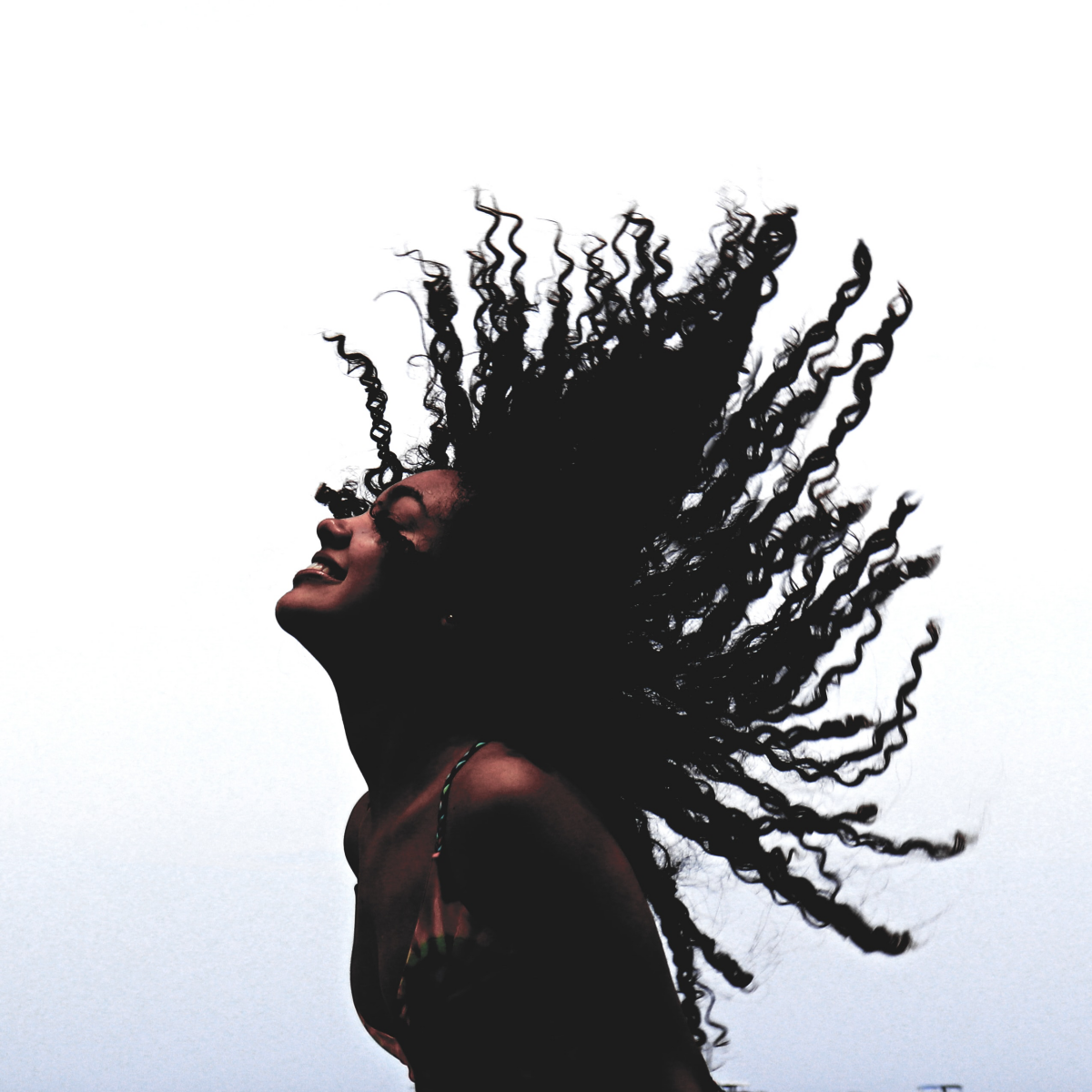
First Things First: Why Your Curls Act the Way They Do
To get your curls to behave, you have to understand that they are built differently from straight hair. This isn’t just an opinion; it’s basic biology. And once you get this, everything else starts to make sense.
It All Starts with the Follicle
Straight hair grows from a perfectly round follicle, giving you a smooth, even strand. Curly hair? It grows from an oval-shaped follicle. The flatter the oval, the tighter the coil. Simple as that.
But that simple curve creates a major challenge. Your hair has a protective outer layer called the cuticle, which looks like tiny, overlapping roof shingles. On a straight strand, those shingles lie flat. On a curly strand, every bend and twist lifts those shingles up, leaving them open. An open cuticle is the root cause of the two biggest curly complaints: dryness and frizz.
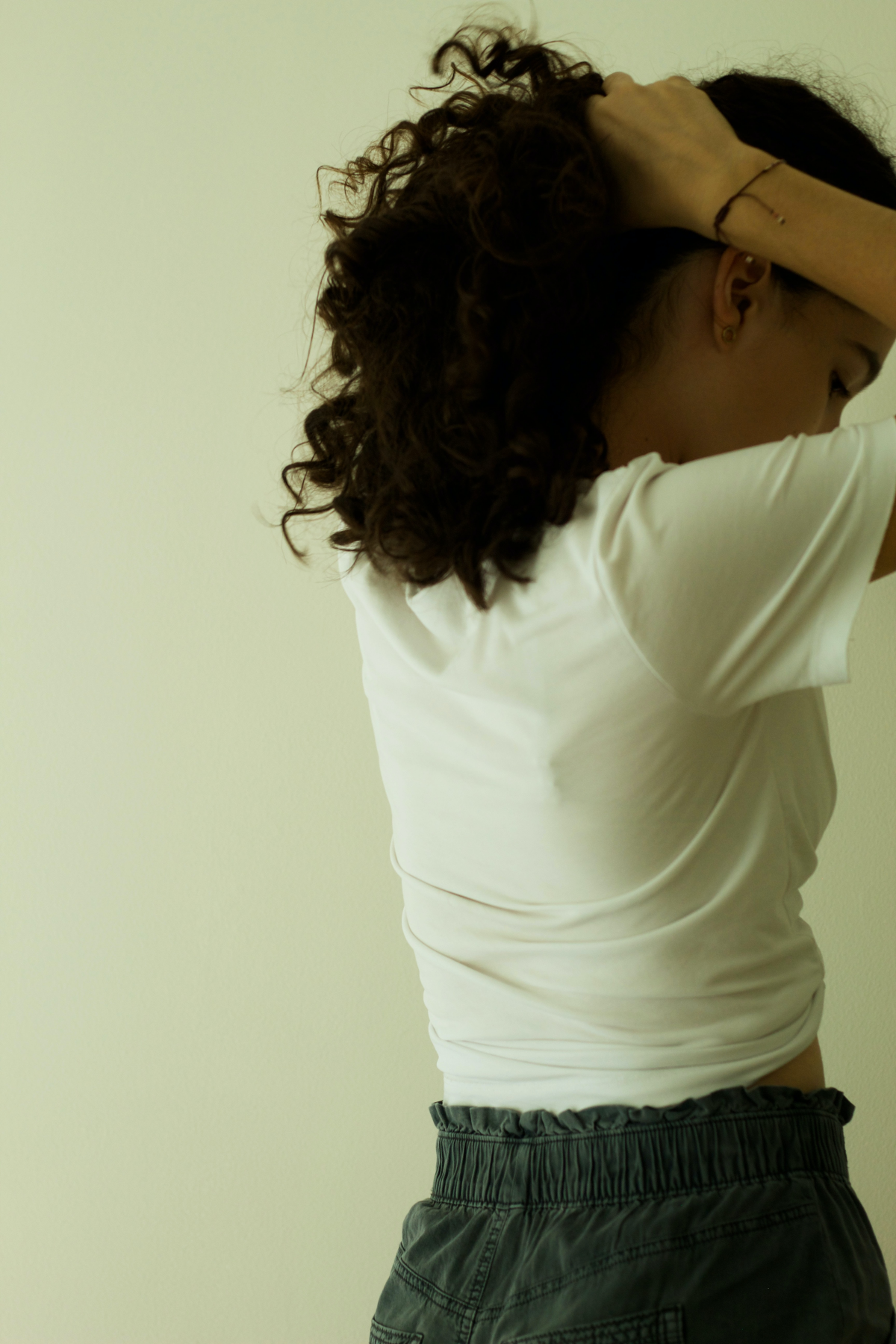
- Dryness happens because those open cuticles let moisture escape super easily. It’s why your hair can feel thirsty even if your scalp isn’t dry.
- Frizz is just the result of those raised cuticles snagging on each other instead of lying smooth. When it’s humid out, moisture from the air rushes into those open cuticles, swelling the hair shaft unevenly and making the frizz even more pronounced.
Oh yeah, and that natural oil your scalp produces, called sebum? It’s supposed to travel down your hair to moisturize it. On a straight strand, it’s a direct slide. On a curly strand, it’s an obstacle course. That’s why you can have an oily scalp and bone-dry ends at the same time. It’s a structural thing, not a product failure.
The Most Important Thing to Know: Hair Porosity
Porosity is just a fancy word for your hair’s ability to soak up and hold onto moisture. It’s probably the #1 thing that determines which products will be your holy grail and which will be a total waste of money.
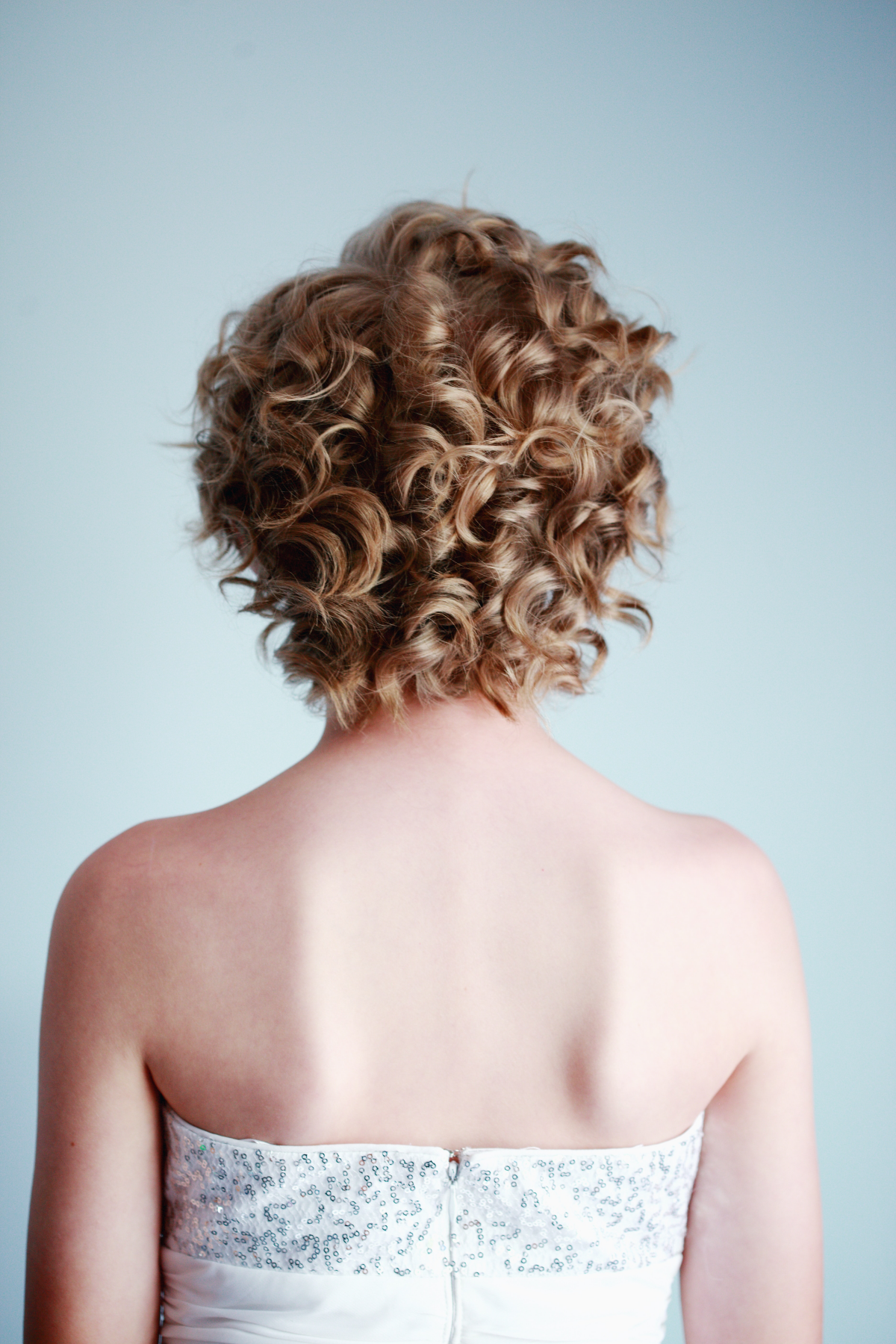
There’s a quick and dirty way to get a hint at your porosity. Take a clean, dry strand of hair (no product on it!) and drop it in a glass of water. If it floats for ages, you likely have low porosity hair, where the cuticles are sealed tight. If it sinks right away, you probably have high porosity hair, with wide-open cuticles. If it hangs out in the middle for a bit before sinking, you’ve got medium porosity.
So what do you do with that information?
- Low Porosity Tip: Your hair resists moisture, so products can sit on top and feel greasy. You need lightweight formulas. Think lotions and milks instead of heavy butters and creams. Steam or a little bit of gentle heat can help products absorb better.
- High Porosity Tip: Your hair drinks up moisture but loses it just as fast. You need to focus on sealing. Look for products with proteins to fill in the gaps in the cuticle, along with richer creams and butters to lock that moisture in.

The Game-Changing Curly Hair Routine
A solid, consistent routine beats a cabinet full of expensive products any day. It all comes down to four main steps: cleanse, condition, style, and dry. But the how is everything. The whole point of this process is to get water into your hair and then trap it there.
Step 1: How to Actually Wash Your Hair
The goal here is simple: clean your scalp without turning your hair into a pile of straw. It’s a balancing act people get wrong all the time.
Let’s break down the cleansers you might have on hand:
- The Deep Clean (Clarifying Shampoo): Okay, I know the internet screams “no sulfates!” but hear me out. About once a month, you HAVE to get rid of buildup from products, hard water, and oils. A basic clarifying shampoo is the best tool for the job. Think of it as hitting the reset button so your other products can work again. A bottle of Suave Daily Clarifying costs like, $2, and it’s a non-negotiable in my book.
- The Regular Wash (Low-Poo or Sulfate-Free Shampoo): This is your weekly go-to. It cleans your scalp effectively without being too harsh. Brands like Not Your Mother’s Naturals or SheaMoisture have great options, usually in the $8-$12 range.
- The Moisture Boost (Co-Wash): This is basically a conditioner with a tiny bit of cleansing agent in it. It’s fantastic for extremely dry or fragile hair, or if you’re an athlete who needs to rinse off sweat daily without stripping your hair. Be careful, though; it can cause buildup on finer hair types.
Pro Technique: No matter what you use, focus it 100% on your scalp. Use the pads of your fingers (never your nails!) and scrub for a solid 60 seconds. The suds running down your hair are enough to clean the lengths and ends. You almost never need to apply shampoo directly to your ends.
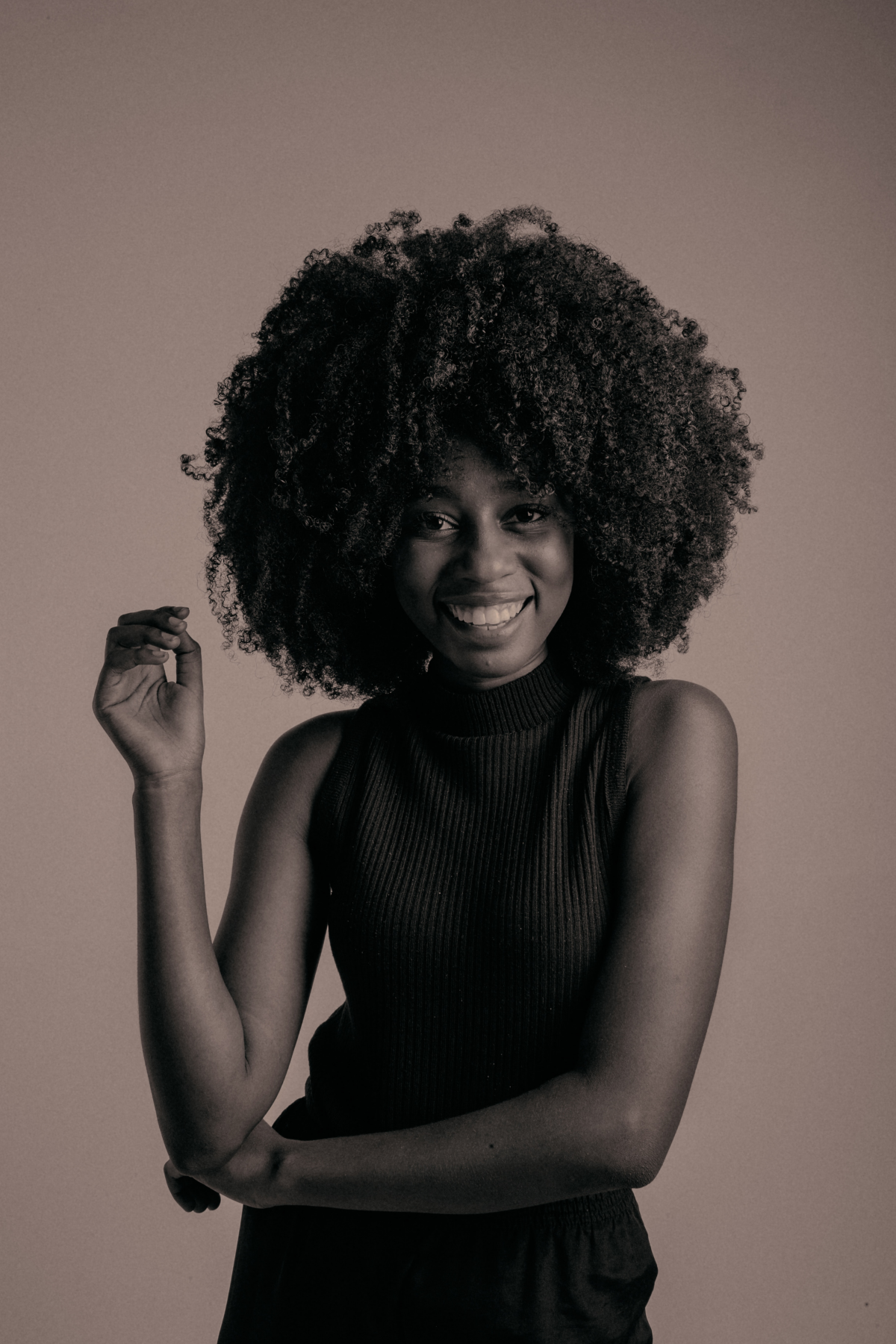
Step 2: The Most Important Step – Conditioning
This is where the magic happens. Conditioner isn’t just for making your hair feel soft; it’s for actively hydrating it. The secret ingredient? More water than you think you need.
The best way to do this is called the “Squish to Condish” method. After rinsing your shampoo, don’t wring out your hair. Leave it soaking wet. Apply a big glob of conditioner (start with a quarter-sized amount for short hair, a full palmful for long, thick hair) and gently rake it through. Your hair should feel totally saturated. Now, cup your hands, catch some water from the shower, and scrunch it upwards into your ends. You should hear a squishy sound. That’s the sound of the hair shaft absorbing the water and conditioner. Keep doing this all over your head until your hair feels slippery and clumps together. We call this the “slimy seaweed” stage, and it’s the sign of perfectly hydrated hair. Then, rinse most of it out, but leaving a little bit in gives you a nice base of moisture. (If your hair is super fine, you might want to rinse it all out.)
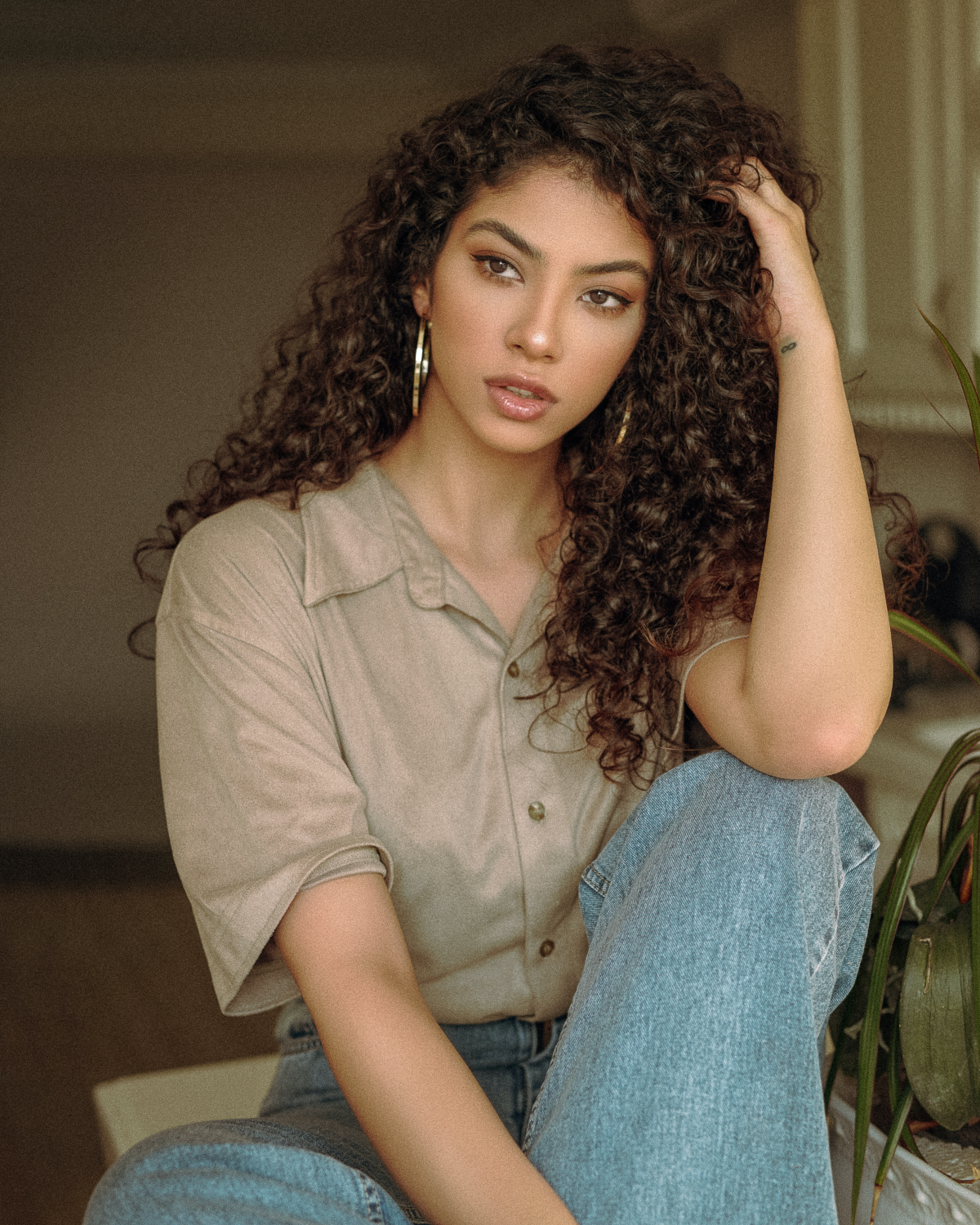
Step 3: Style While It’s Soaking Wet (No, Seriously)
This is a non-negotiable rule. You must apply your styling products—your curl cream or gel—while your hair is still dripping wet. Not damp, not towel-dried. Why? Because the styler’s job is to form a cast around your curl clumps and trap the water inside. If you apply it to damp hair, you’re just sealing in a frizzy, semi-hydrated state.
A good starting combo is a curl cream for moisture, followed by a gel for hold. You can get a fantastic hard-hold gel like LA Looks Extreme Sport for about $3 that works just as well as many $25 salon brands. Apply it using “Prayer Hands” (gliding it down the hair shaft between your flat palms) to smooth the cuticle, then scrunch gently to encourage your curl pattern.
Step 4: Dry Without Making a Frizzy Mess
First, a major warning: Step away from your regular terrycloth bath towel. Rubbing your hair with it is the fastest way to undo all your hard work and create instant frizz.

Instead, try one of these methods:
- Plopping: Use an old cotton t-shirt or a microfiber towel. Lay it on a flat surface, flip your hair forward onto it, then wrap it up like a turban. Let it sit for 10-20 minutes. It soaks up excess water without friction.
- Diffusing: For more volume and a faster dry time, use a diffuser attachment on your blow dryer. The key is to use low speed and low-to-medium heat. Try “pixie diffusing”: place a section of curls in the diffuser bowl, bring it up to your scalp, then turn it on for 30-60 seconds. Turn it off before you pull it away. This prevents the air from blowing your curl clumps into a frizzy mess.
- Air-Drying: The easiest method of all. The only rule? Once your hair is styled, DON’T TOUCH IT until it’s completely dry.
Step 5: The Final, Crucial Step – Break the Cast!
Okay, so your hair is 100% dry, and it feels… crunchy. Rigid. Maybe even a little like ramen noodles. DO NOT PANIC. This is a good thing! That crunchy layer is the gel “cast” that protected your curls and locked in their definition as they dried. Now you just have to release the soft curls underneath.
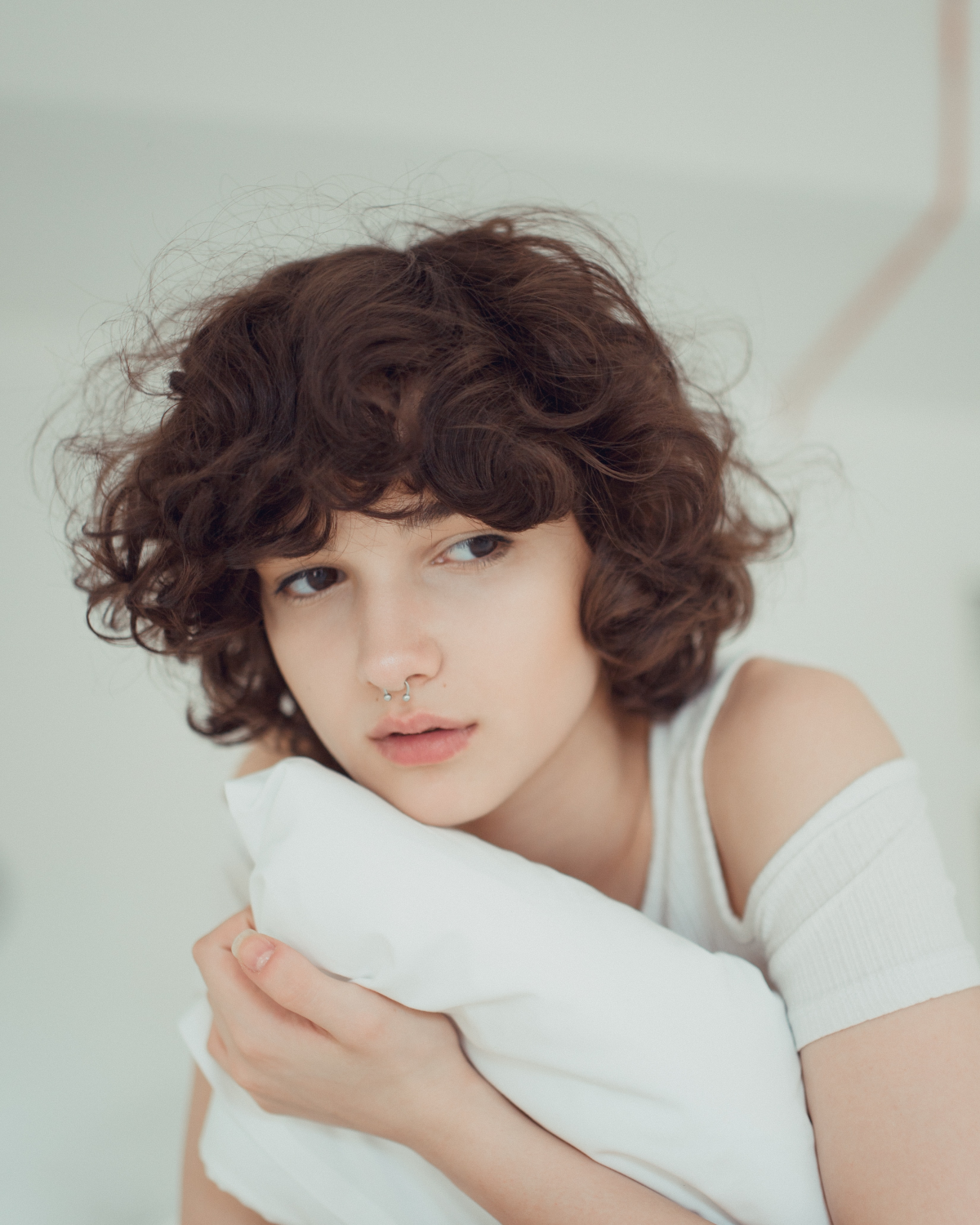
Once you are absolutely certain your hair is completely dry, gently scrunch your hair all over. You’ll feel the cast break apart. You can also clap sections of your hair between your hands. The result? Soft, defined, touchable curls that will actually last.
What About Day 2 (and 3)?
Nobody wants to do that full routine every day. To refresh your curls on non-wash days, you just need to re-dampen them slightly. You can use a spray bottle with water (maybe a little leave-in conditioner mixed in) to mist your hair. Then, scrunch a tiny bit of gel or cream into any frizzy or stretched-out sections and let it air dry. It usually only takes a few minutes.
For sleeping, try a “pineapple”—a very loose, high ponytail on top of your head using a gentle tie like a scrunchie. Sleeping on a silk or satin pillowcase also makes a huge difference in reducing overnight frizz.
Common Problems & Quick Fixes
“My hair feels greasy or weighed down!”
You probably have fine or low-porosity hair. Try using less conditioner, rinsing all of it out, or using a lighter curl cream or mousse instead of a heavy cream.
“I still have frizz! What gives?”
This could be a few things. Make sure you’re using enough water during your conditioning and styling steps. You might also need a stronger hold gel. And finally, be patient! It can take a few weeks for your hair’s moisture balance to improve and for you to perfect your technique.
Inspirational Gallery
You’ve applied your conditioner, but don’t rinse it out just yet. Try the
Gel vs. Mousse: A gel, like the popular Kinky-Curly Curling Custard, provides strong hold and definition by creating a ‘cast’ around curls, which you ‘scrunch out’ when dry. A mousse, such as Not Your Mother’s Curl Talk Mousse, offers lighter volume and soft hold, ideal for finer waves and curls that are easily weighed down. The choice depends on your desired finish: definition or volume.
Fact: The average curly-haired person tries over 20 different product combinations before finding a routine that works.
This journey is less about finding a single ‘miracle’ product and more about understanding your hair’s unique properties, like its porosity. Low porosity hair struggles to absorb moisture (think products sitting on top), while high porosity hair absorbs it quickly but loses it just as fast. Identifying yours is key to choosing ingredients that actually work.
How can my curls look great at bedtime but be a frizzy mess by morning?
Friction is the enemy of definition. Cotton pillowcases absorb moisture from your hair and cause friction that disrupts your curl pattern, leading to frizz and tangles. The simple fix is switching to a silk or satin pillowcase. For extra protection, especially for tighter coils, sleeping in a satin-lined bonnet or a ‘pineapple’ (a high, loose ponytail on top of your head) preserves your curls overnight.
Is your hair feeling limp and overly soft, or brittle and straw-like? It’s likely a sign of an imbalanced protein-moisture level. Mushy, lifeless curls are often crying out for a protein treatment to rebuild their structure. Conversely, hair that feels rough and snaps easily is desperately thirsty for moisture. Learning to ‘read’ these signals is more important than following a rigid weekly schedule.
- Reduces breakage and frizz
- Increases shine and elasticity
- Makes styling significantly easier
The secret? A weekly deep conditioning treatment. Don’t just slap it on. Apply your mask, like the Briogeo Don’t Despair, Repair!, to damp hair, cover with a shower cap for 20 minutes to trap heat, and let it work its magic. This simple ritual is a non-negotiable for vibrant, healthy curls.
Tired of the expensive product treadmill? Consider making your own flaxseed gel. It’s incredibly affordable and delivers amazing hold and shine with just two ingredients. Simply boil 2 tablespoons of flaxseeds in 1 cup of water until the liquid becomes a gel-like consistency (about 5-7 minutes). Strain the seeds while the mixture is still hot, let the gel cool, and apply to wet hair. You can store it in the fridge for up to two weeks.
A single strand of hair can support up to 100 grams in weight. But for curls, it’s the cuticle health, not just raw strength, that matters most.
One common mistake: Over-cleansing. Many traditional shampoos contain harsh sulfates that strip curly hair of its much-needed natural oils, leaving it dry and frizzy. Look for sulfate-free cleansers or ‘co-washes’ (conditioning washes) from brands like As I Am or DevaCurl to gently clean your scalp without disrupting your hair’s moisture balance.
Drying your curls with a standard terrycloth towel is one of the fastest ways to create frizz. The rough texture disrupts the cuticle layer you worked so hard to smooth in the shower. Instead, gently scrunch out excess water using an old cotton T-shirt or a dedicated microfiber towel, like those from Aquis. This ‘plopping’ technique enhances curl definition without causing friction.










